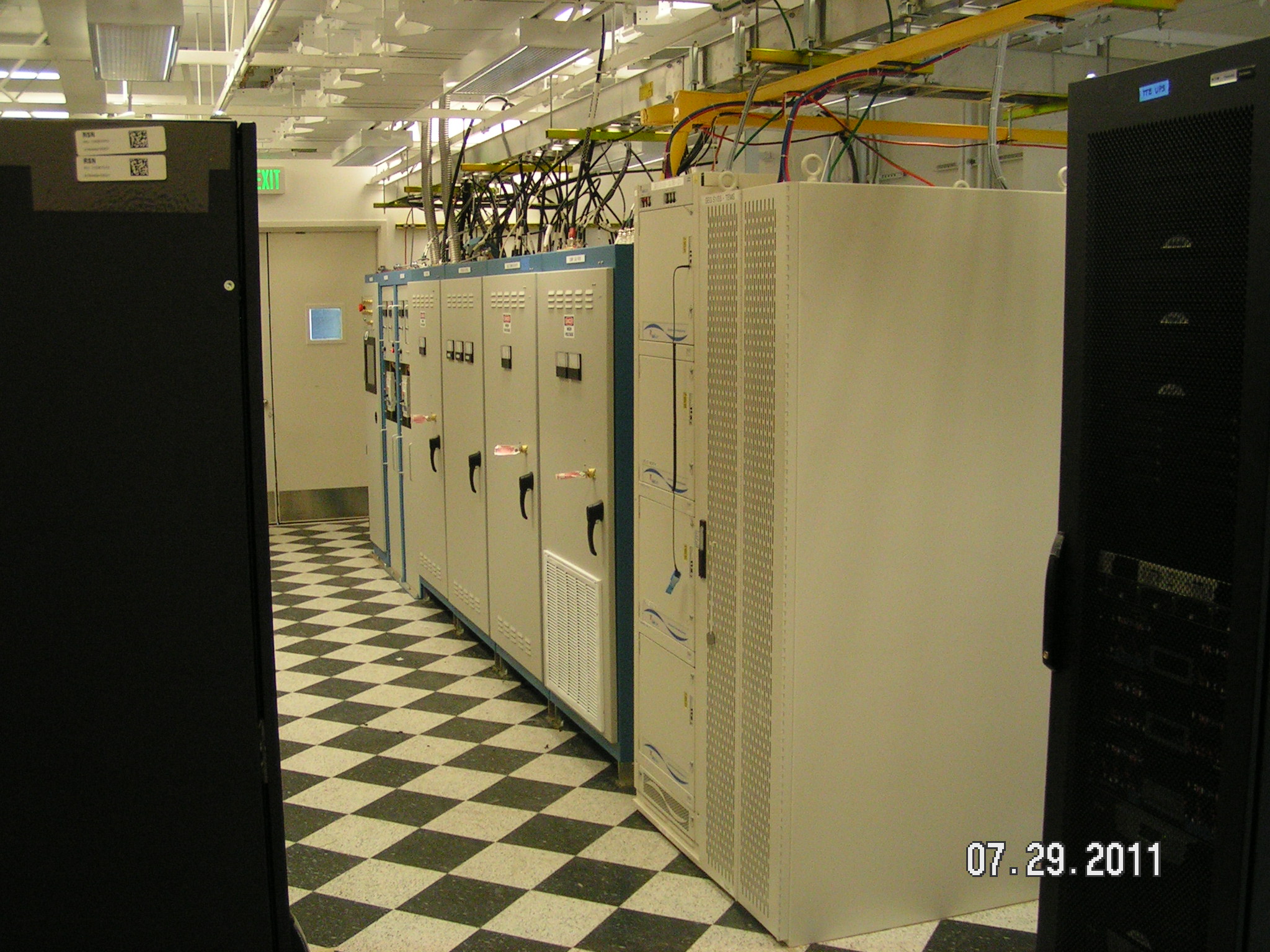Terrestrial Network
The terrestrial components that support the Regional Cabled Array (RCA) include the Shore Station in Pacific City Oregon, backhaul telecommunication fiber optic cables provided through a partnership with Wave Broadband and Pacific Northwest Gigapop (PNWGP), and telecommunication colocation centers in Portland and Seattle with Points of Presence maintained by PNWGP that deliver data and provide communication capabilities from the Shore Station to the University of Washington and data to Rutgers University. RCA Data Centers are located on the University of Washington Campus and at Rutgers University that operates the OOI Cypber Infrastructure and OOI Data Portal.

The Shore Station is the terminal station for the RCA system – it is leased from Tillamook Lightwave (TLW), which purchased the facility in 2010. The facility includes a secure, commercial-grade building hardened for earthquake and tsunami events. Commercial AC power is provided from a single grid that uses a 300kVA step-down transformer to produce 208 VAC, 3-phase output that is required for the cable station. Redundant 300kW generators, fueled by 10,000 gallons of diesel fuel, provide backup power if the commercial utility power is lost. In the event of lost commercial utility power, the generators automatically activate and replace the utility power within two minutes. A redundant Uninterruptible Power Supply (UPS) provides backup power for the system between the loss of commercial utility power and the start of the emergency generators. The emergency generators operate and provide system power until commercial utility power is restored. A few shut downs have happened during large storms prevalent in the Pacific NW during late fall and winter months.
Infrastructure required to run the station includes three main subsystems: the Power Feed Equipment (PFE), the Terminal Transmission Equipment (TTE), and the Terminal Station Equipment (TSE). The PFE is a suite of high voltage onshore components that condition raw utility power into Direct Current (DC) output suitable for transmission to the undersea Primary Nodes. The PFE is a redundant 10kV, 150kW constant voltage power supply with built-in battery backup. The redundant power feed permits each cable line to be powered by separate power supplies or one power supply can operate both cable lines, which allows repairs to the power supply components with no interruption of power to the undersea cables.

Power Feed Equipment in place at the OOI shore station in Pacific City.
The TTE subsystem includes equipment to monitor, control and alarm the RCA network. The subsystem provides a Graphical User Interface (GUI), system logging and storage facilities, receives and aggregates streaming science data from the primary nodes, supplies/receives real-time status and control information to the in-water nodes, and supplies system status and performance data to the Observatory Management System (OMS).
The TSE is the optical interface to the undersea cable and consists of line terminating equipment (LTE), a line monitoring system (LMS), and an Element Management System (EMS). The LTE provides the equipment necessary to transmit digital information over a single fiber pair of the undersea cable. The LMS monitors the system performance of the optical line and cables, and can be used for out-of-service fault locating. The EMS manages specific vendor supplied equipment and is deployed at the Shore Station, and in the UW RCA Operations Center.
